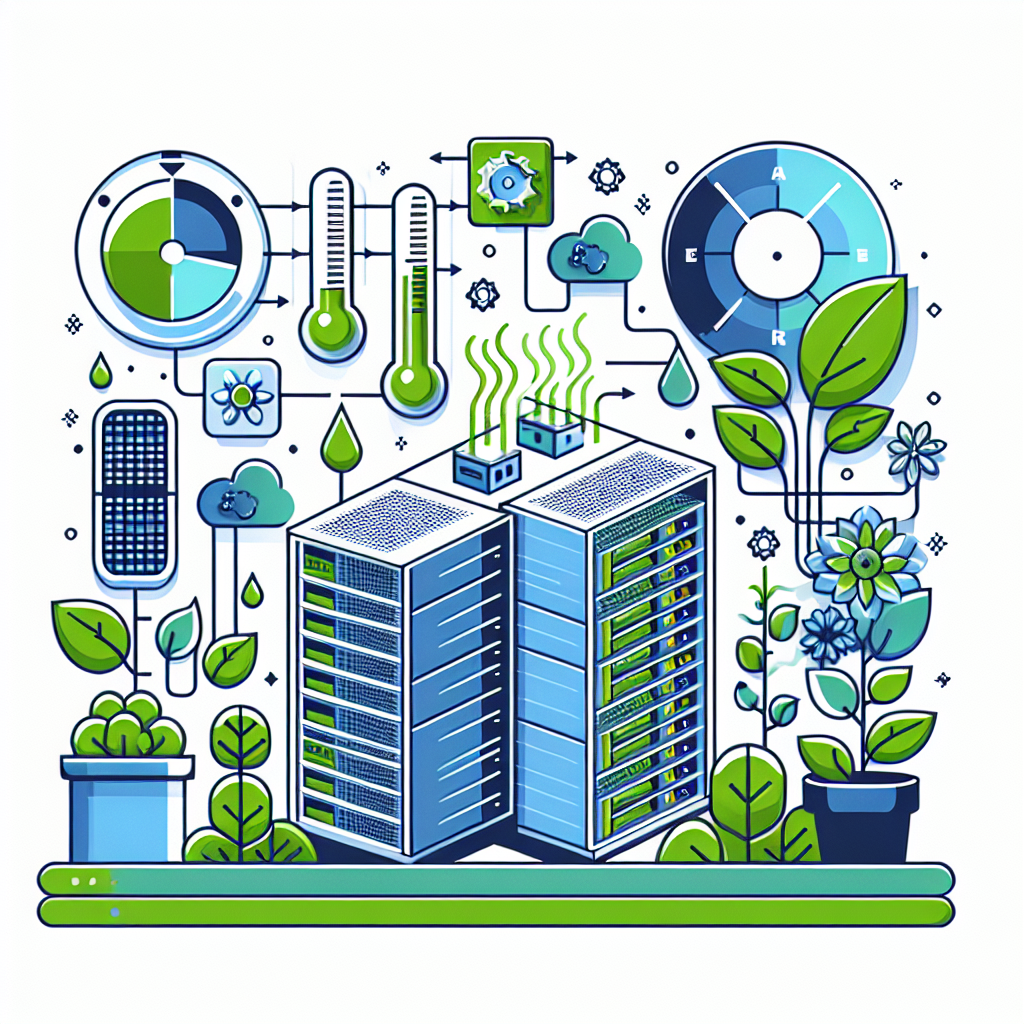Your cart is currently empty!
Optimizing Data Center Cooling for Sustainability and Environmental Impact

Data centers are crucial infrastructure that house servers and other IT equipment to support the vast amount of data generated and processed every day. However, data centers are notoriously known for their high energy consumption and carbon footprint. In fact, data centers are estimated to account for about 1% of global electricity consumption, and this number is only expected to rise as more data is being generated and processed.
One of the biggest contributors to energy consumption in data centers is cooling. IT equipment generates a significant amount of heat, and it is essential to keep them cool to prevent overheating and ensure optimal performance. However, traditional cooling methods, such as air conditioning, can be highly energy-intensive and environmentally harmful.
To address this issue, data center operators are increasingly looking for ways to optimize cooling systems for sustainability and reduce their environmental impact. One of the key strategies is to implement more energy-efficient cooling technologies, such as free cooling and liquid cooling.
Free cooling utilizes ambient air or water to cool IT equipment, eliminating the need for mechanical cooling systems. This method can significantly reduce energy consumption and operating costs, especially in regions with moderate climates. Liquid cooling, on the other hand, involves circulating coolant directly to the servers to dissipate heat more efficiently. Liquid cooling systems can be up to 10 times more efficient than traditional air cooling systems, resulting in lower energy consumption and carbon emissions.
In addition to adopting energy-efficient cooling technologies, data center operators can also optimize the layout and design of their facilities to improve airflow and reduce hot spots. By implementing hot aisle/cold aisle containment systems, using blanking panels, and organizing IT equipment properly, data centers can enhance cooling efficiency and minimize energy waste.
Furthermore, data center operators can leverage advanced monitoring and management tools to optimize cooling operations. By collecting and analyzing real-time data on temperature, humidity, and airflow, operators can identify inefficiencies and make informed decisions to improve cooling performance and energy efficiency.
Overall, optimizing data center cooling for sustainability and environmental impact is crucial for reducing energy consumption, lowering operating costs, and minimizing carbon emissions. By implementing energy-efficient cooling technologies, optimizing facility design, and utilizing advanced monitoring tools, data center operators can achieve significant improvements in cooling efficiency and sustainability. As the demand for data continues to grow, it is essential for data centers to prioritize sustainability and environmental responsibility in their operations.

Leave a Reply